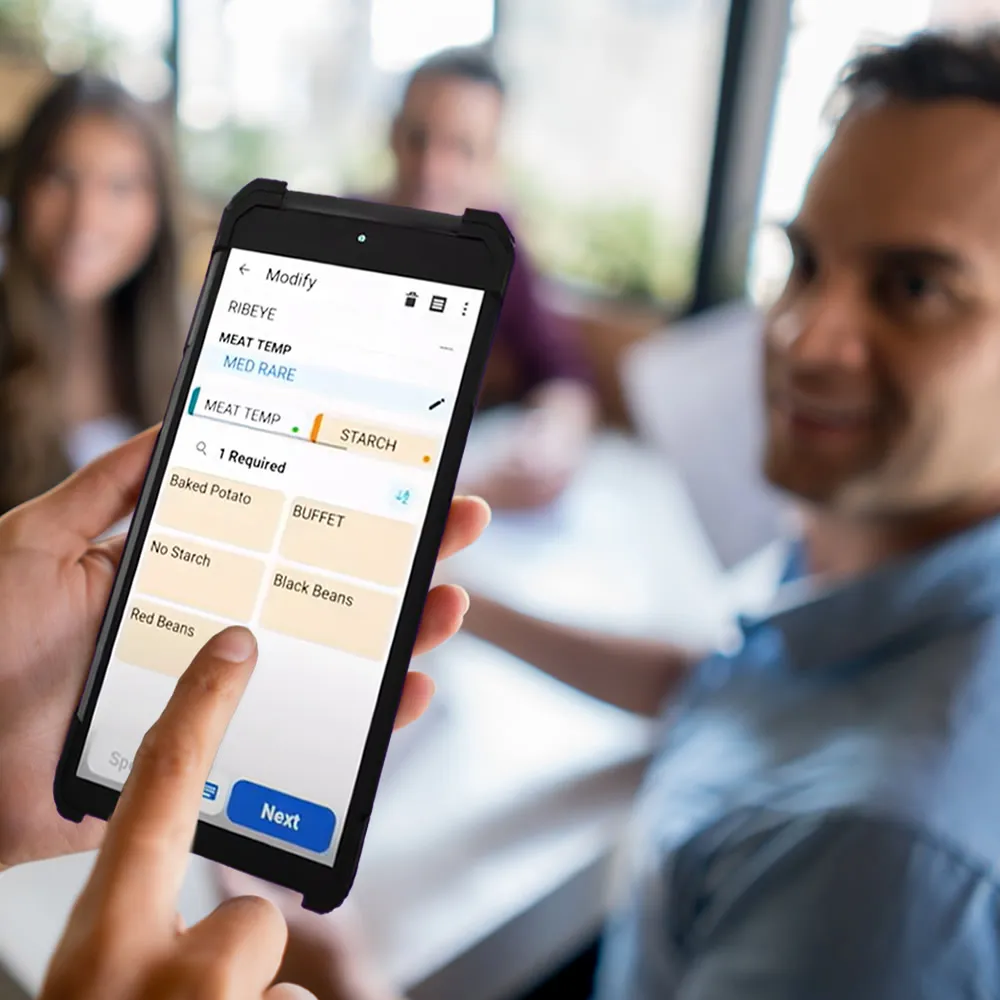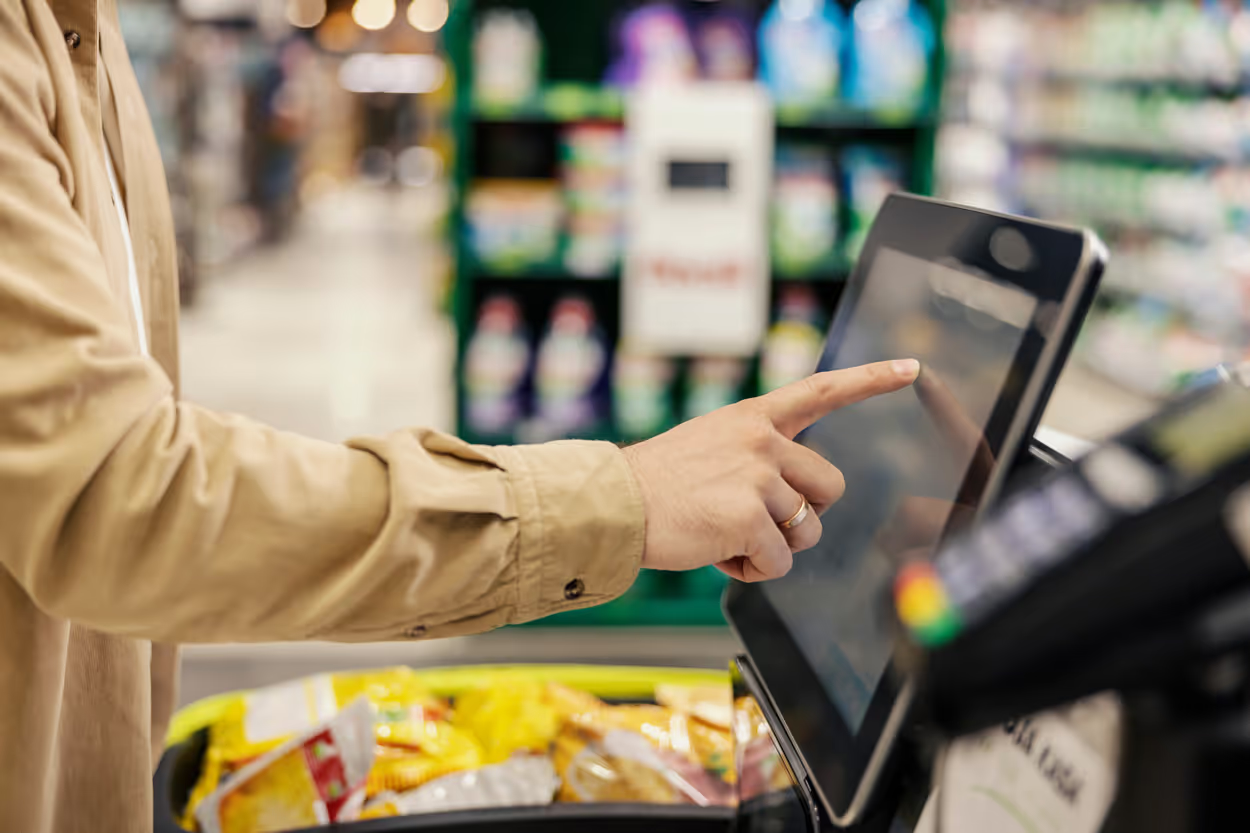For many retailers, balancing the customer experience with an optimized store operation is pretty routine. But when the pandemic struck, companies like Salling Group had to adapt quickly. For over 50 years, Salling Group has focused on putting the customer’s needs at the center of what they do, while today operating over 1,500 stores across Denmark, Germany, and Poland. But as a retailer in an essential industry—grocery—the pandemic presented some unique circumstances. We got some input from Martin Kjaer Hogrebe, Project Manager at Salling Group, representing their Bilka hypermarkets to learn more about their approach to solving these challenges.
One of these challenges that they faced from the outset was shopper hoarding. And while it ceased relatively quickly in Denmark, it meant they needed to make adjustments to secure the flow of goods. Another challenge was in expanding their “ToGo” BOPIS operation, which quickly became a priority. So, they worked with employees to take on new roles and tasks; at the time, no one was buying textiles, so those employees moved to support the effort in collecting ToGo orders.
At the same time, in the early days of the pandemic, Salling Group also wanted to protect employees and customers by implementing additional measures to store environment for safety. This included implementing deep cleaning and disinfection measures in addition to things like putting up plexiglass screens and distance markers. Facilitating social distancing meant more lanes had to be open to ensure lines would be minimal. Each Bilka hypermarket typically has between 30 and 50 lanes, so they would open more at once to accommodate the demand.
To further adapt in the self-service area, they analyzed the configuration of their SCO lanes in their Bilka hypermarkets and advised store management to close as many lanes as needed to achieve a safe distance. They also took measures to reduce the number of interventions. For example, at their self-checkouts, they adjusted age verification and bag weight tolerances to increase efficiency, which led to a new focus on the importance of monitoring factors like these, even in normal operating circumstances. Later on they also added dividers to the self-service area to enable more open lanes while maintaining the guidance that store managers have the authority to choose the safest configuration of open lanes. And now in the Bilka stores the SCO machines feature NCR’s antimicrobial coating as a further safety measure.
Even despite all the challenges of the pandemic, customer and sales numbers continue to be strong, but there have been several new lessons learned.
Key retail learnings for Salling Group through the pandemic
1. The importance of having the capability to respond if numbers climb too high, indicating a crowded store.
2. The traditional, rigid store layout may be a thing of the past; flexibility is key. This means having the adaptive capabilities to rearrange the store to respond to seasonal changes or future challenges, like a pandemic.
3. It’s critical to gain agility through KPIs. While, in normal operating circumstances, things like basket size and queuing metrics were a factor in how to organize the mix of lanes, these days the focus is more strongly on keeping stores safe, stocked and as compliant as possible for employees and customers.
Future-proofing: For commerce and customer and employee safety
It hasn’t been easy. But taking measures like these means Salling Group remains a sustainable and supportive partner of the communities they serve, no matter how they change. Now months after implementing these changes, Martin noted for us that the operational change that made the most impact is the increased capacity in the ToGo solution. As he said, “Development and adjustment to the ToGo solution together with adding new digital solutions/services will continue – not only in response to Covid challenges – but as a strategy to have the right presence in the market.”
When considering how to move into the future from here they plan to continue focusing on giving customers more ways to do their shopping – but noted as well that they’ll want to continue to consider new store layouts and adaptive solutions.




